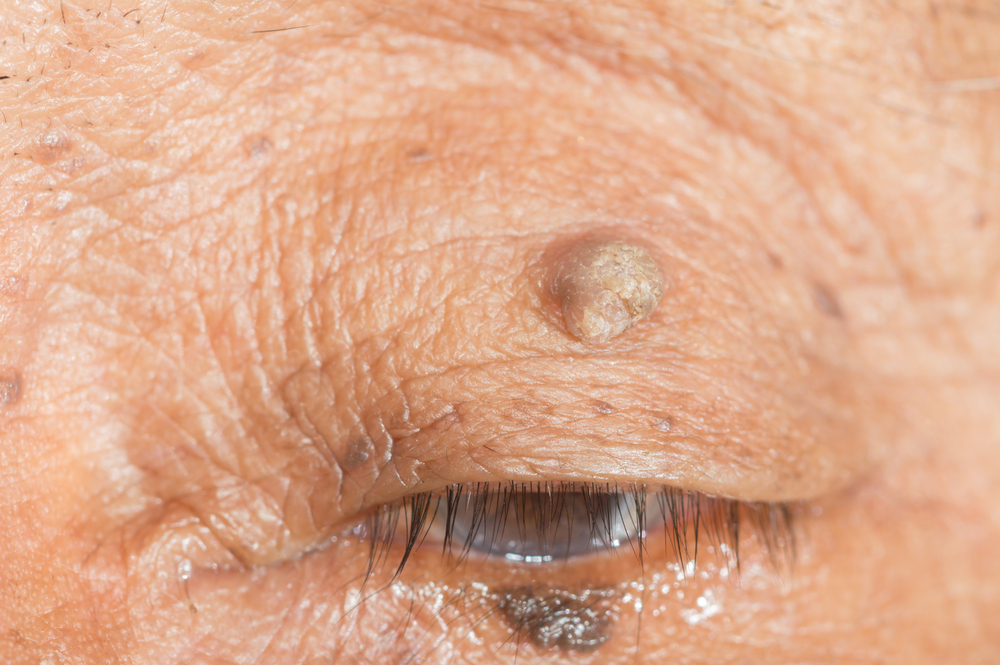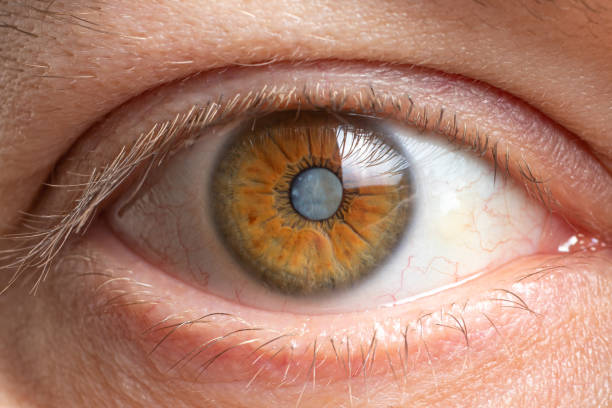Skin Tags
Skin tag removal on the eyes is a delicate procedure that should be performed by a qualified ophthalmologist or eye specialist

Examination
We will carefully examine the skin tag on the eye to confirm the diagnosis and assess the size, location, and any associated symptoms
Anesthesia
To ensure your comfort during the procedure, We will administer local anesthesia to numb the area around the skin tag. This can be done through the use of eye drops or a local anesthetic injection.
Postoperative Care
We will also provide instructions on how to care for the area, including avoiding rubbing or scratching the eye.
Removal Methods we do
– Snipping: we may use sterilized scissors or surgical instruments to carefully snip off the skin tag.
– Cauterization: In some cases, we may use a technique called electrocautery, which involves using a small electrical current to burn off the skin tag.
– Cryotherapy: This procedure involves using extremely cold temperatures to freeze and destroy the skin tag. Liquid nitrogen is often used for cryotherapy.
Speak with an Ophthalmologist
Call: +44 7900 842692




Frequently Asked Questions
Are eye skin tags harmful or cancerous?
Eye skin tags are generally benign and not cancerous. However, it’s essential to have them examined and diagnosed by a healthcare professional to rule out any potential concerns.
Can eye skin tags cause vision problems?
In most cases, eye skin tags do not directly cause vision problems. However, depending on their location and size, they may occasionally obstruct vision or irritate the eye, causing discomfort or blurred vision.
What causes eye skin tags?
The exact cause of skin tags is not fully understood. However, they commonly occur in areas where the skin rubs against itself or clothing, which can happen around the eyes due to blinking and movement.
Can eye skin tags go away on their own?
In some cases, small eye skin tags may fall off naturally without any intervention. However, larger or persistent skin tags usually require medical removal.
How are eye skin tags removed?
Eye skin tags are typically removed by an ophthalmologist or eye specialist. The specific technique used may involve methods such as excision (cutting off the skin tag), cryotherapy (freezing the tag with liquid nitrogen), or cauterization (burning the tag off).
Is eye skin tag removal painful?
The procedure is usually performed under local anesthesia, so any discomfort or pain is minimal. However, you may experience some temporary stinging or soreness after the procedure.
Are there any risks or complications associated with eye skin tag removal?
While relatively rare, potential risks and complications of eye skin tag removal can include infection, bleeding, scarring, or damage to the surrounding eye structures. It’s essential to follow post-operative care instructions provided by your doctor to minimize these risks.
Will eye skin tags grow back after removal?
In some cases, new skin tags may develop in the same area after removal. However, proper removal techniques and careful follow-up can help minimize the chances of recurrence.
What to Expect From Your Visit
Comprehensive Eye Examination, Refraction Test, Slit Lamp Examination, Dilated Eye Examination, Additional Specialized Tests,Diagnosis and Treatment Plan, Patient Education, Follow-Up Appointments. It’s important to note that the exact procedures and tests may vary based on individual needs, and some visits may focus on specific concerns or conditions. It’s always beneficial to communicate any specific symptoms or concerns you may have during the visit.
